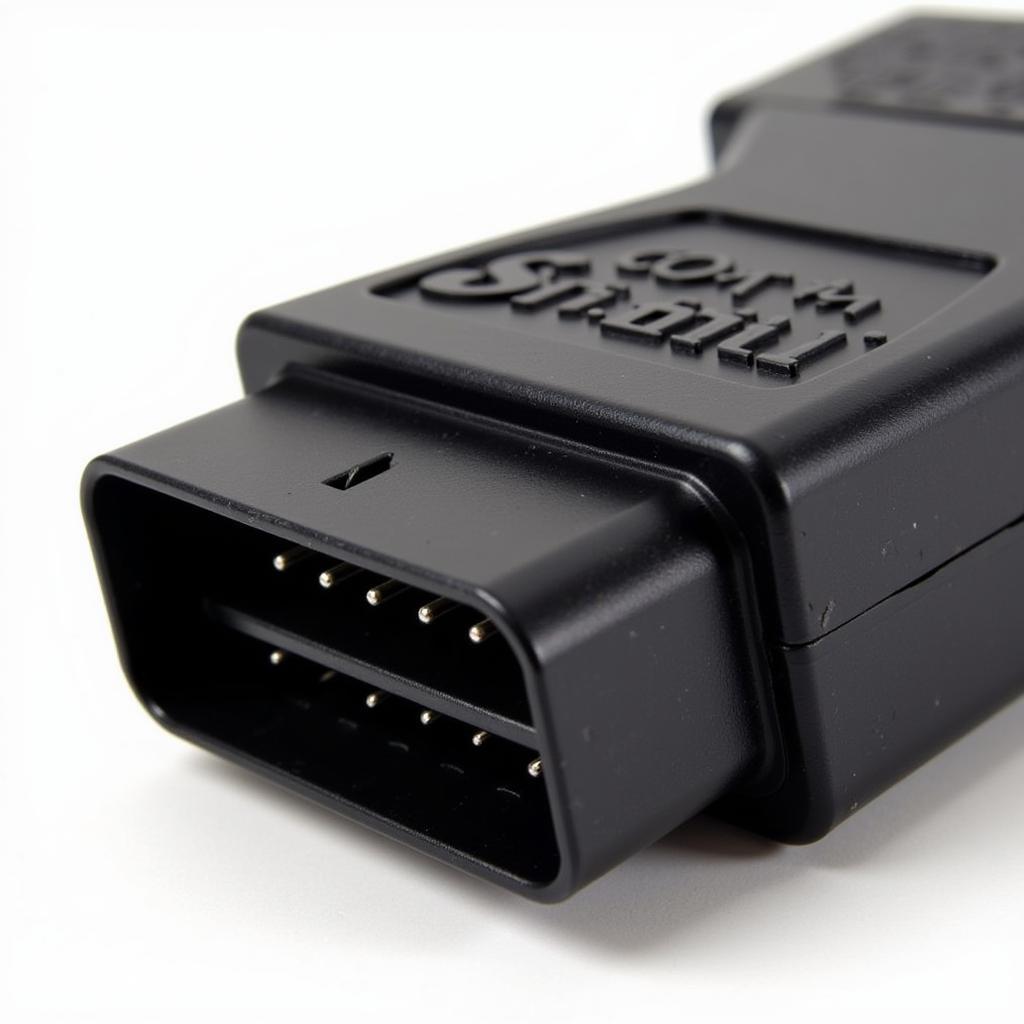When that pesky check engine light illuminates your dashboard, you know it’s time to consult with a mechanic. But did you know that you can often get ahead of the game and potentially save yourself some money by using a handy device called an OBD or OBD2 scanner? These tools allow you to tap into your car’s internal computer system and decipher those cryptic error codes that mechanics use to diagnose problems. However, you might be wondering about the difference between “OBD” and “OBD2.” Are they the same thing? Let’s demystify the world of onboard diagnostics and explore the distinctions between these two terms.
A Brief History of On-Board Diagnostics
Before we delve into the specifics of OBD and OBD2, it’s helpful to understand the evolution of on-board diagnostics in vehicles. The story begins in the 1960s when car manufacturers started incorporating rudimentary electronic systems to monitor engine performance. These early systems were primarily analog and lacked standardization, making diagnosis a complex and often time-consuming task for mechanics.
Fast forward to the 1980s, and the automotive industry witnessed a significant shift towards digital systems. This period marked the birth of OBD, or On-Board Diagnostics, as we know it today. OBD systems utilized electronic control units (ECUs) to monitor various aspects of engine performance and emissions. However, there was still a lack of uniformity in how these systems functioned and the type of connectors they used.
The OBD2 Revolution
Recognizing the need for a standardized approach, the California Air Resources Board (CARB) stepped in during the early 1990s and introduced OBD2. OBD2, short for On-Board Diagnostics, Second Generation, brought order to the chaos by establishing a universal standard for diagnostic connectors, communication protocols, and fault codes.
All gasoline-powered vehicles sold in the United States after January 1, 1996, were mandated to be OBD2 compliant. This standardization revolutionized automotive diagnostics, making it significantly easier for mechanics and car owners alike to identify and address engine problems.
Key Differences Between OBD and OBD2
While often used interchangeably, “OBD” generally refers to the first generation of on-board diagnostics, while “OBD2” specifically refers to the standardized system implemented in 1996. Here’s a breakdown of the key distinctions:
- Standardization: OBD systems varied widely between car manufacturers, while OBD2 introduced a universal standard for connectors, protocols, and fault codes.
- Connector Type: OBD systems used various connector types, but OBD2 mandated the use of a standardized 16-pin trapezoidal connector.
- Data Access: OBD systems offered limited data access, primarily focusing on emissions-related information. OBD2 expanded data access to encompass a broader range of engine and vehicle parameters.
- Fault Codes: OBD fault codes were not standardized, making diagnosis challenging. OBD2 established a universal set of Diagnostic Trouble Codes (DTCs) that follow a specific format, simplifying problem identification.
Which One Do You Need?
If you’re driving a gasoline-powered car manufactured in the United States after 1996, you have an OBD2-compliant vehicle. This means you can use any OBD2 scanner to retrieve and interpret your car’s fault codes. However, if you have an older vehicle or one that doesn’t fall under the OBD2 mandate, you’ll need to determine the specific OBD system used by your car’s manufacturer.
The Power of OBD2 Scanners
OBD2 scanners are invaluable tools for both car enthusiasts and professional mechanics. These devices provide a window into your car’s inner workings, allowing you to:
- Retrieve and Interpret Fault Codes: Identify the root cause of your check engine light or other warning lights on your dashboard.
- Monitor Engine Performance: Access real-time data on parameters like engine speed, coolant temperature, oxygen sensor readings, and more.
- Analyze Fuel Efficiency: Track your fuel consumption and identify potential issues affecting your mileage.
- Reset Warning Lights: Clear fault codes and reset your check engine light after addressing the underlying problem.
Conclusion
Understanding the difference between OBD and OBD2 is crucial for any car owner. While OBD paved the way for on-board diagnostics, OBD2 revolutionized the industry by introducing a universal standard. If you’re experiencing car troubles, don’t hesitate to harness the power of an OBD2 scanner to gain valuable insights into your vehicle’s health. Remember, a little knowledge about your car’s systems can go a long way in saving you time, money, and potential headaches down the road.


